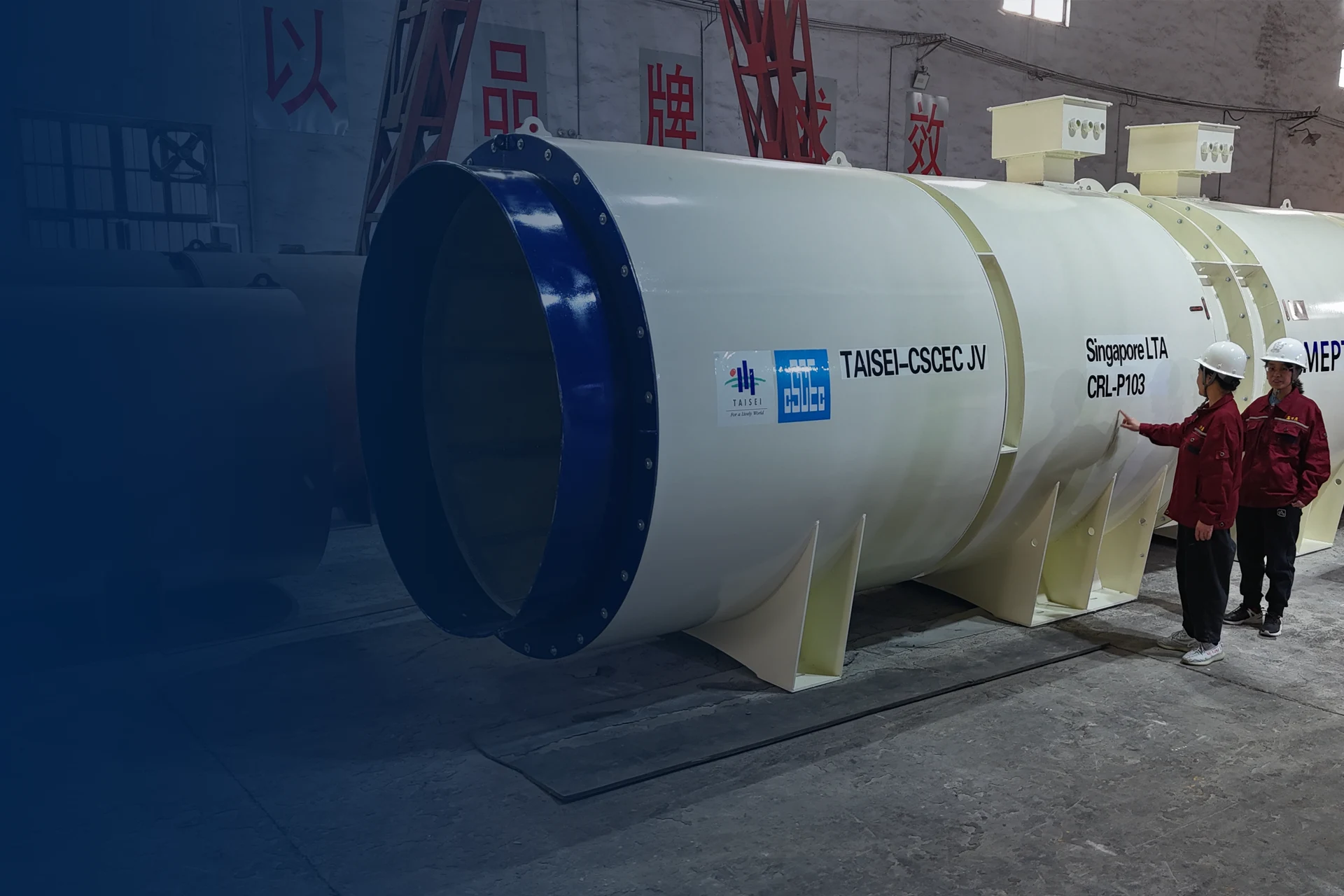Classification and Function of Roof Fans
Release time:
Jan 22,2025
Source:
Rooftop fans are devices widely used in building ventilation and air conditioning, and their classification and function hold significant importance in architectural design and environmental protection.
Roof fans are devices widely used in building ventilation and air conditioning, and their classification and function are of great significance in architectural design and environmental protection. Below, we will detail the classification and functions of roof fans.
1. Classification
Roof fans can be divided into various types based on usage scenarios, structure, and functional characteristics. Common classification methods include:
1. By purpose: can be divided into ventilation roof fans, cooling roof fans, and fire smoke exhaust roof fans, etc.
2. By structure: can be divided into axial fans, centrifugal fans, and mixed flow fans, etc.
3. By material: common types include fiberglass roof fans, galvanized sheet roof fans, and aluminum alloy roof fans, etc.
2. Functions
The role of roof fans in architectural design is crucial, mainly reflected in the following aspects:
1. Ventilation: Roof fans can achieve air exchange between indoors and outdoors, providing fresh air and improving the indoor environment.
2. Cooling and oxygen increase: In hot summer, roof fans can help expel indoor heat, lower indoor temperature, and increase indoor oxygen content.
3. Energy saving and environmental protection: Through natural ventilation or energy-saving design, roof fans can achieve the environmental protection goals of green buildings and reduce energy consumption.
4. Fire smoke exhaust: In the event of a fire, the smoke exhaust function of roof fans can quickly expel indoor smoke, enhancing the safety of personnel evacuation.
5. Extending building lifespan: Reasonable ventilation design helps keep the interior of the building dry, preventing dampness and mold, thus extending the building's lifespan.
6. Improving comfort: A good ventilation environment helps improve the comfort and quality of life of the residents.
Specifically, different types of roof fans may have different characteristics and advantages. For example, fiberglass roof fans have the advantages of corrosion resistance, lightweight, and high strength; galvanized sheet roof fans are characterized by corrosion resistance and easy maintenance. In practical applications, the appropriate type of roof fan should be selected based on specific needs and scenarios.
In summary, the classification and functions of roof fans in architectural design are diverse, and should be selected and designed according to actual needs to achieve good ventilation effects and environmental protection goals.
Key words:
Tunnel Fan
CIFEKOH
Related News
What are the classifications of fans?
Fans are ventilation and gas delivery devices widely used in industries, construction, environmental protection, and other fields.
The definition and uses of fans.
A fan, also known as a ventilator, is a device that utilizes the movement of gas to achieve energy conversion and gas transportation.
The Wonderful Uses of Blowers: From Exhaust to Speed Regulation
Blowers have a wide range of applications in our daily lives, and their main function is to provide forced airflow to meet various needs.
The main characteristics of VOC fans.
VOC fans, or volatile organic compound fans, are specially designed fan equipment used to handle air emissions containing VOCs.
Can a variable frequency high-pressure blower operate under overpressure?
The variable frequency high-pressure blower is a device that can adjust its speed and airflow according to demand, widely used in various industrial and commercial environments.




